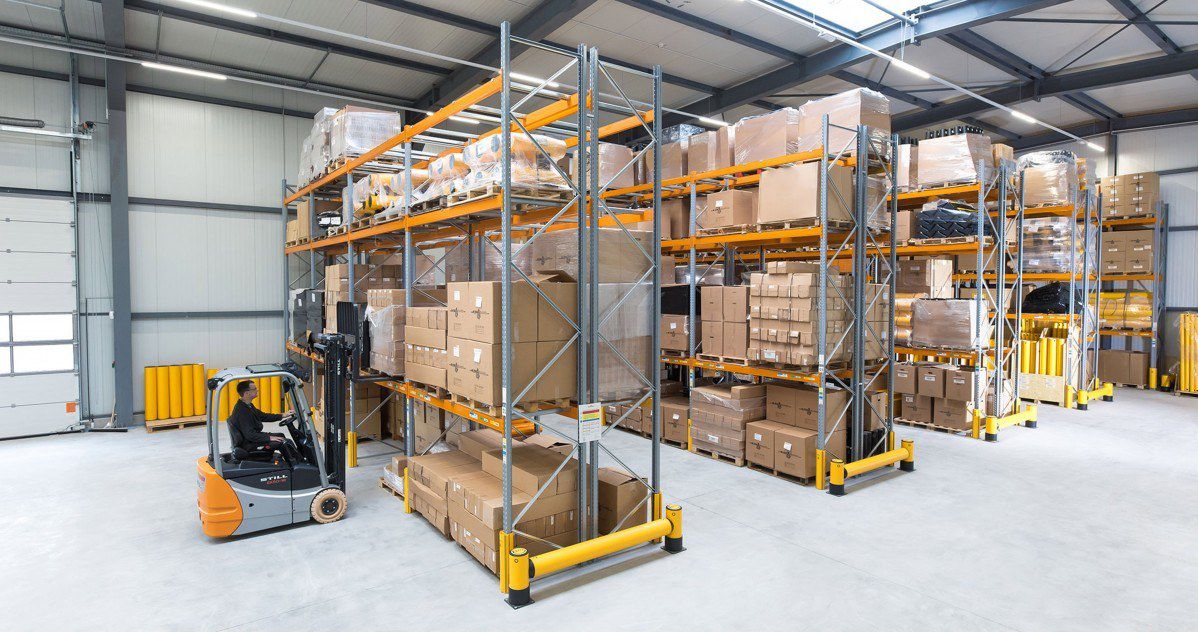If you plan to store pipes, trusses, rods, et cetera, you need a cantilever racking system in your warehouse. You can use the floor storing system. However, this way, you would reduce productivity, efficiency, and space. Thus, a cantilever racking system is required. Cantilever racking is a part of the heavy-duty racking system. There are also medium and light-duty racking systems. If you are looking for a light-duty racking system, checkout light duty racking Malaysia.
Cantilever racking
Cantilever racking is primarily designed to store awkward and long goods of enormous lengths. These racking systems have arms that extend from the metal frames to stack long and heavy loads like beams, pipes, or timbers. This type of system is perfect for both outdoor and indoor use.
Cantilever racking types
Cantilever racks are primarily of two types. Your needs would determine which type of cantilever rack you should choose for your warehouse. Both kinds of cantilever racks are designed for holding various materials.
Structural cantilever rack
These racking system types are designed to store loads that are medium to heavy and are made of structural steel. Structural cantilever racks use four bolt attachments to connect the racking arms to the steel columns.
Roll-formed cantilever rack
These types of cantilever racking Malaysia are made from heavy roll form steel. They have an enormous storage capacity. They also make it easy to keep and remove objects from the frame without any interference from the columns. Roll-formed cantilever racks are primarily made of five paths:
Base: the size of the bottom of the cantilever will be determined by the arm size and capacity of the rack. The base is responsible for acting as a source of column support anchoring the columns to the floor of the warehouse.
Braces: These racking systems either have diagonal, horizontal, or x-shaped braces. The end of the braces is connected to a column. The mount is strong and is responsible for fitting between two straight braces, attaching the lower and upper brace.
Columns: In the case of cantilevers,, the columns are sometimes referred to as towers. They are stuck to the base and present at the back of the system. These columns are responsible for providing support to the arms. Therefore they have to be highly stable.
Arms: Arms is the component of the cantilever racking that has direct contact with the product that you intend to store. The arms are placed in a manner that is either leveled with the brace or angled upward.
Stop pins: Stop pins are responsible for stopping the product from falling off from the arms. Stop pins extend 8 inches above the arm. They are responsible for steadying items that may slip.
Never make the mistake of using the parts of the structural cantilever in a roll-formed one or vice versa. The part of one cantilever rack is not compatible with the other. Structural cantilevers should be used when you have to store hefty materials biggest structural ones offer a higher capacity.










